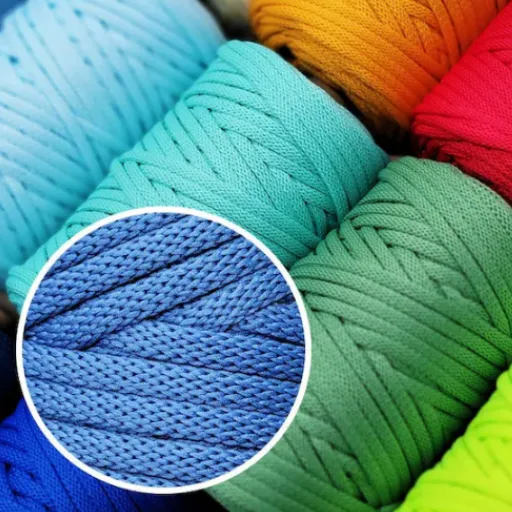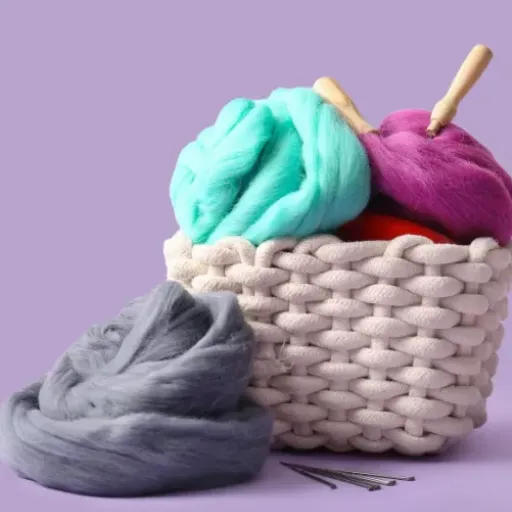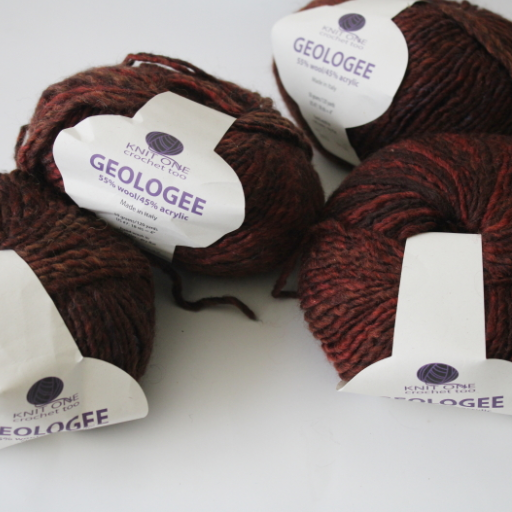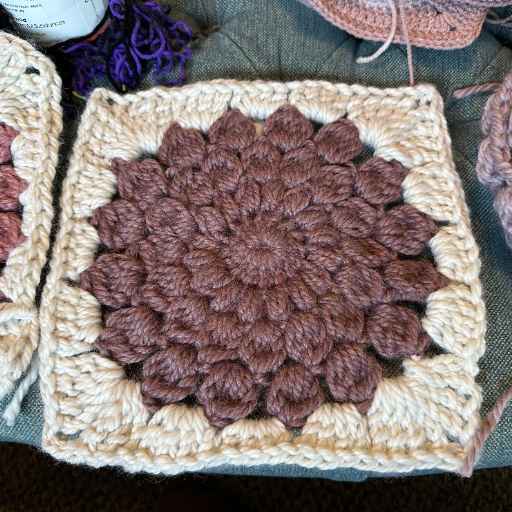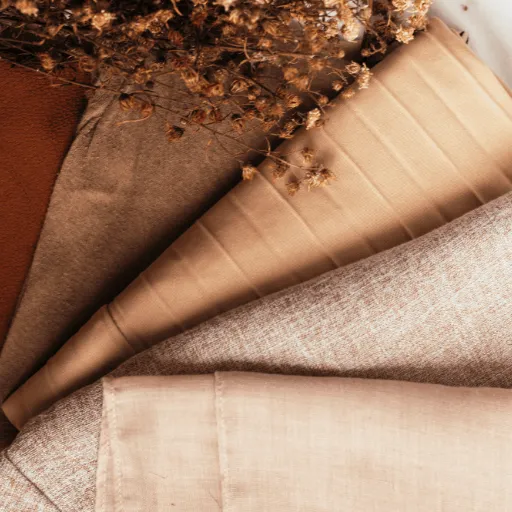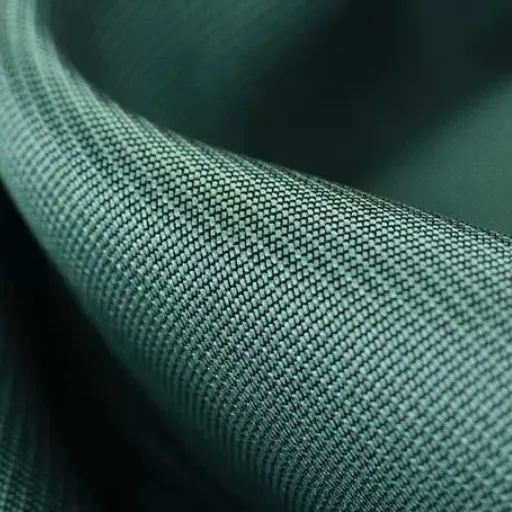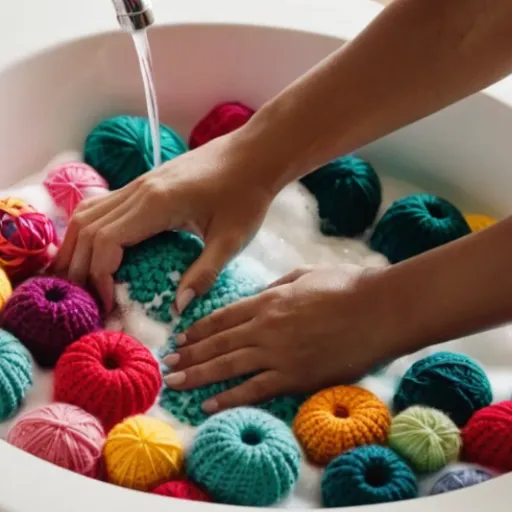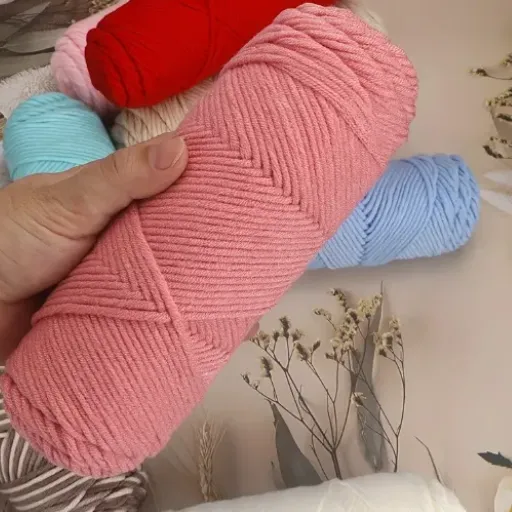Within the fashion and textile industry are viscose fabric and yarn-that excel amongst the most versatile, durable, and environmentally conscious textiles. Knowing about these materials becomes a prerequisite when one goes on to make fashion apparel, or furnishings, or even the latest textile blends. This guide will offer a window into the fascinating world of viscose, with emphasis on its two common types-rayon and modal. From inception to production processes and through the distinguishing traits and uses, it depicts a broad perspective to enable you to take an informed decision. Whether you are a designer, a manufacturer, or a textile enthusiast, this article will shed light on the merits and intricacies of viscose, thereby becoming a must-have resource for anyone who must engage in the present-day textile milieu.
Introduction to Viscose
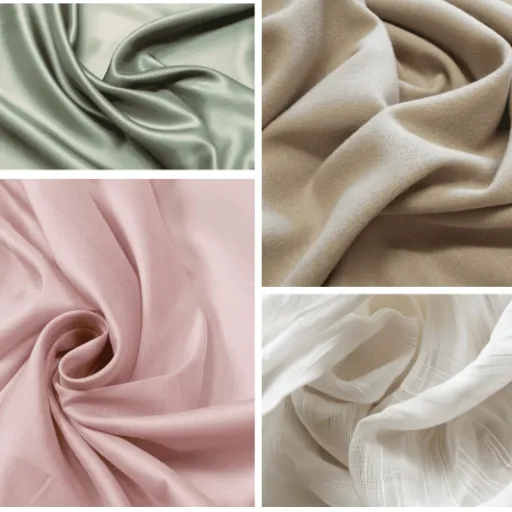
What is Viscose Yarn and Fabric?
Viscose yarn and fabric are multipurpose textiles, created from regenerated cellulose, mainly extracted from wood pulp or any other plant-based material. Due to its silk feel, special qualities attributed to viscose include softness, smoothness, and ability to imitate natural fibers like cotton, wool, or silk-like feels. Yet unlike natural fibers, viscose is considered a semisynthetic fiber because of the chemical treatment given to it.
The viscose treatments involve first dissolving the cellulose into a solution keeping it in liquid form and then spinning it into fibers or threads to produce yarn and fabric. Fiber manufacturers thus represent textile types that are light-weight, absorbent of dye, ventilated, and colors with patterns in very bright intensities- these qualities ensure the broad spectrum applications of viscose from apparel to upholstery and other household textiles.
One of the many qualities that make viscose attractive is the affordable price and easy accessibility compared to others of the natural or synthetic kinds. It looks and feels just like the more expensive product types but remains one of the viable solutions for all producers and consumers. It is retentive of water with moisture; it needs care for longer maintenance of quality over time.
History and Origins of Viscose
Viscose or rayon, as the guys prefer to call it, was first brought to life in the late 19th century, as an inexpensive alternative to silk. The whole process began when the British scientists Charles Frederick Cross, Edward John Bevan, and Clayton Beadle discovered in 1892 that a fiber could be produced cellulose-based from natural sources such as wood pulp or cotton linters. This invention was the inception of what is currently known as viscose: the bridge between natural and synthetic fibers.
In the midst of growing demand for cheap textiles during the Industrial Revolution, the fiber named viscose saw the opportunity. Through chemical treatment of cellulose, these scientists came up with a material that could be worked upon and manipulated to feel and look like natural silk. By the early 20th century, the commercial production of viscose had begun in earnest, heralding an era of continuous availability to the textile market. Popularity increased with the versatility of the fiber being applied to everything from garments to industrial items.
Many modifications came along later into the state-of-the-art production of technology, promoting the refinement of production methods and reduction of environmental issues while maintaining the cheapness and ability to fulfill diverse applications of viscose. Because of its natural origin from cellulose and ability to be produced on an industrial scale, it has become widely popular in various industries. Today, viscose is still on the list of favorite products in the global textile industry, appreciated for its comfort, performance, and affordability.
Production Process of Viscose Yarn
Step-by-Step Production Process:
- Cellulose Extraction: Viscose yarn production begins with the extraction of cellulose, which might be derived from wood pulp or cotton linters.
- Chemical Treatment: This raw cellulose is chemically treated with such chemicals as sodium hydroxide to purify and dissolve it into a viscous form more properly called “viscose”.
- Solution Preparation: This viscose solution is then the basis of the subsequent spinning process.
- Filtration: After the preparation of the viscose solution, it is filtered to remove any impurities.
- Spinning: The filtered solution reaches the spinnerets, fine holes which extrude the viscose solution into continuous strands.
- Chemical Bath: These strands are set in a chemical bath containing sulfuric acid and other ingredients, converting liquid viscose into solid filaments.
- Finishing: Later, the formed filaments are washed, stretched, and sometimes finished with agents to enhance attributes like luster or durability.
- Final Processing: They are finally dried and wound onto spools ready for use into textiles.
Multistep processing has provided a large-scale method to produce viscose yarn while preserving qualities like softness, versatility, and cheapness that the textile industry appreciates.
Properties of Viscose Fabric
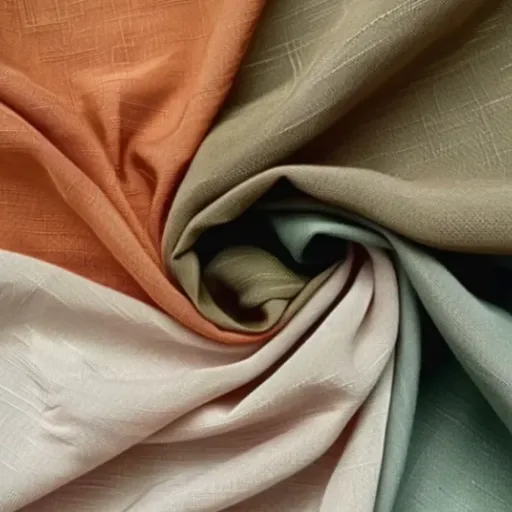
Distinct Attributes of Viscose Yarn
Viscose yarn is famous for its versatility and softness in the world of textiles. One of its distinguishing features is its satiny smooth surface that can impart a costly silk-like feel to the fabric at a much lower price. It proves quite suitable for making garments and home textiles that share comfort and style.
Secondly, these yarns allow air circulation and absorb moisture from the skin. Hence, they make the best choice for the warmer atmosphere and active wear clads. What makes viscose even better is that it is a great dye carrier, and it perfectly brings out the brightest, enduring colors of the material.
Important Note:
And after listing the benefits of viscose, one can say a few words on its limitations, if nothing more. It is less sturdy than most synthetic yarns and can be subject to shrinking or losing strength when wet. With proper care, however, one can keep viscose fabrics looking handsome and usable for almost everything.
Comparing Viscose with Other Fabrics
| Fabric Type | Softness | Breathability | Durability | Environmental Impact |
|---|---|---|---|---|
| Viscose | Excellent | High | Moderate | Variable |
| Cotton | Good | High | High | Good (organic) |
| Polyester | Low | Low | Very High | Poor |
| Silk | Excellent | Moderate | Moderate | Good |
If you observe from a comparison perspective, softness and breathability are key factors setting viscose apart from other fabrics. While synthetic fabrics generalize less breathable feel, viscose breathes more comfort just like natural fibers-a cotton fiber, for instance. In this way, it seems best for clothing or textile requiring a smooth texture and lightweight feel. Another advantage viscose enjoys from an aesthetics point of view over many others is its ability to accept dye well.
However, viscose cannot match the strength of a few other hefty materials like polyester or nylon in terms of durability. These synthetic fibers resist wear and tear, while viscose is very much prone to weakening when wet, shrinking if allowed to dry carelessly. Cotton and Linen fabrics, although also natural, tend to be sturdier and thus favor heavier use or repeated washings-so viscose would be shunned in workwear or heavily used house fabrics.
Environmental-wise, viscose is caught somewhere between a rock and a hard place. It is natural cellulose based; however, chemicals used during processing can spell doom for the environment. That is unlike a configuration of natural fibers like organic cotton that in its potential growth culture has little environmental impact. Synthetic fabrics depend mostly on fossil fuels and thus are nonbiodegradable. So, in the end, the debate between viscose and other fabrics depends delusionally on their usage, maintenance, and environmental considerations.
Benefits of Using Viscose Material
✨ Comfort & Feel
Viscose’s main trait is that it combines versatility with comfort and is, therefore, a usable material for an array of applications. Foremost among Viscose’s benefits are the soft and light qualities given, much alike natural fibers, such as cotton or silk.
🌬️ Breathability
Another benefit of the sheet material is that they retain the breathability required to keep one comfortable in warming or humid conditions. The fabric permits air to flow freely and prevents overheating, creating a cool ambiance for any outfit.
🎨 Design Versatility
Another aspect tallied in favor of this material is its versatility in design and style. Fabrics can be dyed to produce bright colors that do not wash away, hence useful in making highly desirable clothes and home textiles.
Viscose absorbs moisture well, which further helps to keep comfort for long hours of use. The fabric’s splendid draping ability allows designers to work great shapes, flowing silhouettes, which are widely preferred by the fashion industry. Viscose has high appeal as a cheap, easy-to-acquire alternative to expensive natural fibers with similar qualities despite its synthetic identity.
Types of Viscose Fabrics
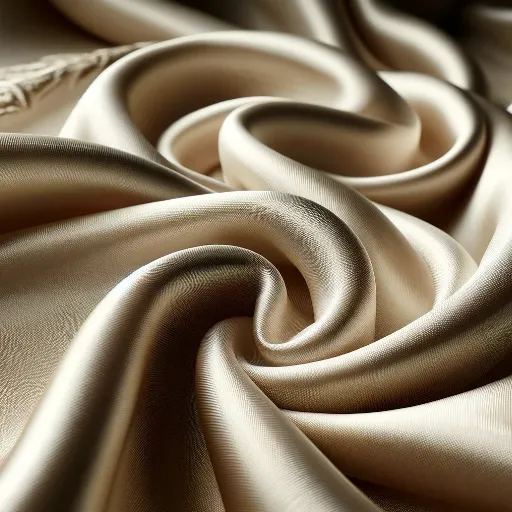
Understanding Rayon and Modal
🧵 RAYON
There would be considered two popular types of viscose fabrics. Rayon remains to be considered as the very basic type of viscose fabric. It is treated chemically whereby cellulose obtained from wood pulp results in a soft and smooth type of fiber that resembles the texture of natural fibers like cotton or silk.
- Lightweight and breathable
- Versatile material for various applications
- Requires gentle washing procedures
- Less durable compared to other fabrics
✨ MODAL
Modal, in contrast, is a more refined and stronger type of viscose fabric. Cellulose is obtained here, too, but the treatment is further enhanced to increase the fiber’s strength and reduce shrinkage.
- Much softer than Rayon
- Used for luxury items like underwear and bedsheets
- Maintains shape after washing
- Superior moisture-wicking properties
Modal is much softer than Rayon and is used chiefly to produce luxury items like underwear, bedsheets, and activewear. It is appreciated for its smooth feeling, its ability to keep its shape after washing, and its moisture-wicking properties, which provide supreme comfort for everyday wear.
Both Rayon and Modal have environmental drawbacks concerning the chemical-type process of production; however, they are popular for their qualities. Rayon, being multi-purpose and cheap, is loved, whereas Modal is loved for its upscale feel and durability. The choice, in turn, depends on the end use, budget, and the performance level required for the fabric.
Different Applications of Viscose Fabrics
🏭 INDUSTRY APPLICATIONS
👗 Apparel Industry
Dresses, blouses, shirts, leisure and formal wear. Favored for soft, grippy clothes with beautiful drapes and silk-like appearance.
🏠 Home Textiles
Curtains, bedsheets, upholsteries. Valued for good dyeing properties, colors, patterns, and lightweight characteristics.
🔬 Technical Applications
Gauze, disinfecting wipes, hygiene items. The absorbing nature is essential for quick absorption and softness requirements.
Viscose fabrics are used for a variety of purposes across different industries due to their properties and affordability. In the apparel industry, many types of garments-from dresses to blouses and shirts-are made using viscose. The fabric is favored for soft, grippy clothes that can produce beautiful drapes while retaining the look of natural silk-this includes leisure and formal wear. It further improves the comfort of clothes made in viscose as clothes breathe and wick moisture.
For home textiles, it is probably the most important fiber after cotton. It is used to make curtains, bedsheets, and upholsteries for good dyeing properties and for colors and patterns. Its lightness is well appreciated in these applications where functionality and aesthetic appeal need to be balanced. Price is another factor that contributes to the demand for viscose in such household products, thus affording consumers a cheap stylistic alternative.
Technical fibers are also used for viscose in the production of industrial rapid absorption applications of gauze, disinfecting wipes, and hygiene items. The absorbing nature of viscose helps in such applications where quick absorption and softness of the fabric are essential. Being a biodegradable fiber, it also stands with some eco initiatives, further enhancing the perspective of vulcanized industries looking for green alternatives. The different applications cited above testify to the supremely versatile nature of viscose, which has found its feet as commonplace fabric in countless domains.
Crochet and Knit Projects with Viscose Yarn
🧶 Perfect Projects for Viscose Yarn:
- ☀️ Summer tops
- 🧣 Shawls
- 🎀 Scarves
- 🏠 Home décor
- 🪟 Curtains
- 🛏️ Pillow covers
Viscose yarn is one of the good possibilities for crochet and knit projects mainly because of its silky texture, smooth finish, and bright sheen. These qualities are favorable when it comes to creating very lightweight and breathable articles of clothing such as summer tops, shawls, or scarves. The thin drape of the yarn ensures that the finished pieces look classy as well as feel comfortable, thus gaining fame among artists who want to work with stylish applications on the more practical side.
Furthermore, viscose yarn is perfect for accessories such as home décor projects like curtains, pillow covers, or table runners. Keeping the colors bright adorns these projects by imparting a luxurious feel to seemingly ordinary objects. Complex stitch patterns also are best done with viscose because the smooth and even strands help to create fine details that stand out.
⚠️ Working Tips:
The trick while working with viscose yarn is to maintain a gentle hand, as the fiber might be comparatively fragile in comparison with other fibers. To avoid stretching and distortions of the final piece, choosing the right tension, needles, or hooks is a must. With the right application and care, viscose yarn is limitless in the creative opportunities it offers for crochet and knit lovers.
Environmental Impact of Viscose
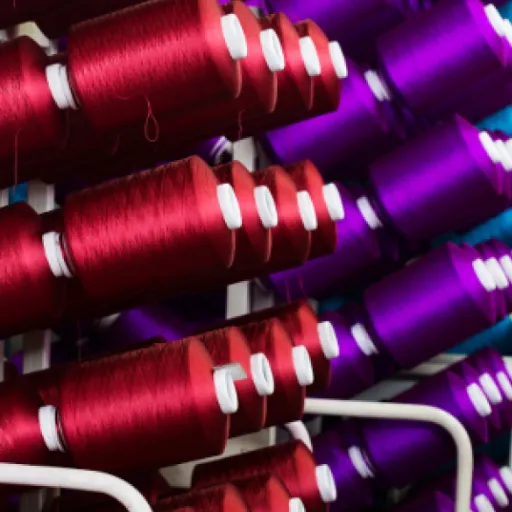
Eco-Friendly Aspects of Viscose Production
🌱 Environmental Benefits
♻️ Renewable Resources
Made from renewable raw materials like wood pulp, generally obtained from fast-growing trees that can regenerate quickly.
🌍 Biodegradable
Viscose can biodegrade naturally without leaving pollutants for a very long time, unlike synthetic fibers.
🔄 Closed-Loop Systems
Modern production can use closed-loop systems for recycling water and chemicals, reducing environmental impact.
There are a few eco-friendly features of viscose productions that make the viscose fiber a notable alternative to synthetics. One feature relates to the renewable raw materials for making viscose, such as wood pulp. The wood pulp is generally obtained from fast-growing trees. Such trees can regenerate rather quickly; therefore, given appropriate forestry management, the production of viscose may be harnessed for sustainable use of natural resources.
The other aspect is that viscose can biodegrade, i.e., it decays naturally without leaving behind pollutants for a very long time. In contrast to synthetic fibers such as polyester, viscose does not release microplastics into the environment during a film. The latter greatly diminishes the pollution in the ocean-concerning aquatic life and, therefore, gives a greater preference for the environment.
From a technical perspective, all the factors of eco-friendliness appear to depend largely on the manner of viscose production. When biodegradable techniques involving closed-loop systems for recycling water and chemicals are in place, then of course the environmental impact becomes negligeable. On the other hand, the conventional method for preparing viscose generally utilizes many harmful chemicals, resulting in pollution; however, newer technologies now permit application of more sustainable methods, thereby making this fiber a better choice on environmental grounds if treated properly.
Challenges and Concerns in Viscose Manufacturing
⚠️ Major Environmental Challenges
🏭 Environmental Pollution:
There is often heavy pollution associated with viscose manufacturing due to the hazards of gases such as carbon disulfide involved in it. These chemicals can possibly affect the well-being of the working population and adjoining communities upon lapse in strict adherence to safety measures. Untreated liquid waste discharged from factories contaminates local water supplies, killing aquatic organisms and disrupting the ecological patterns.
💧 Resource-Intensive Process:
More importantly, water and energy consume infinite quantities serving as requirements in the viscose production process. Then comes deforestation, for the wood mostly used to obtain cellulose for making viscose. Unsustainable logging can breed further habitat destruction, loss in biodiversity, and carbon emissions, all acting as agents of climate change.
🌱 Addressing Sustainability:
In order to circumvent these challenges, sustainability in practices has to be implemented. The use of a closed-loop system to recycle chemicals and water would greatly reduce pollution and resource consumption. The use of wood pulp from forests that are managed responsibly and certified by organizations such as the FSC (Forest Stewardship Council) would limit deforestation and other environmental impacts. Although there are promising new technologies, large-scale implementation is still difficult practically and economically.
Viscose’s Role in Sustainable Fashion
Viscose has a profound capacity to collaborate with sustainable fashion; however, the extent of its influence largely depends on its sourcing and production procedures. When responsibly produced, viscose is viewed as a fairly good alternative to polyester, synthetic fibers as this type is made using natural, renewable raw materials such as wood pulp. Hence, it is biodegradable and reduces the environmental impact during its disposal relative to synthetic fabrics that just remain forever.
There are some environmental challenges that come with traditional viscose production, which include deforestation and pollution. Often, forests get logged for wood pulp under conditions that are far from sustainable, causing habitat loss and destruction of biodiversity. These factories are supposed to use plenty of water and chemicals; presumably, chemicals that are hazardous if neither of these things are handled well would affect health-landscapes of their workers and neighbouring-level ecosystems. To solve these issues on this level, more sustainable options need to be practiced, such as using wood sourced from FSC-certified forests and employing closed-loop production systems that recycle both chemicals and water.
🎯 Sustainable Fashion Strategy
The fashion industry can embrace the application of viscose towards sustainability, tighter guidelines regarding transparency in supply chains notwithstanding. Brands and manufacturers willing to pursue responsible sourcing should be investing in cleaner technologies, in addition to third-party certification that vouch for their sustainable actions. On the other side of the spectrum are consumers who should be making their purchases from brands practicing ethical manufacturing processes for viscose and other materials. With this strategy, viscose will make its mark towards a sustainable future in fashion.
Future Outlook for Viscose in Textiles
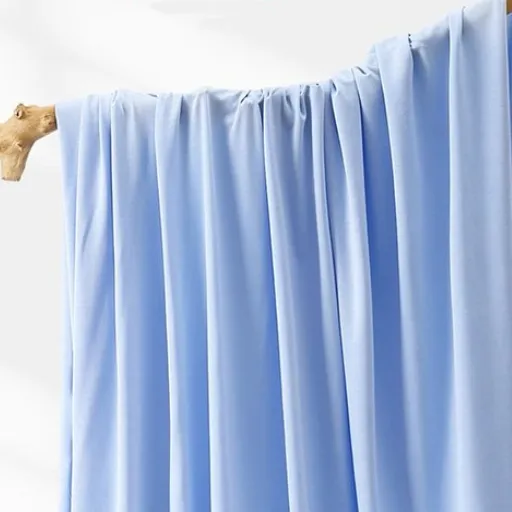
Emerging Trends in Viscose Yarn Innovations
🌿 Eco-Friendly Processes
Because of the shift in focus toward sustainability and increased performance, the manmade cellulosic fibers are currently being transformed. One of the crucial trends is the design of eco-friendly processes to produce viscose. Innovations such as closed-loop systems are in use, which nearly eliminate water use and chemical discharge.
⚡ Enhanced Performance
Another emerging trend includes modifying functional properties of viscose yarn. Researchers have been working in favor of forming treatments and blends that would make viscose more durable, wrinkle-resistant, and breathable for application in both fashion and technical textile markets.
♻️ Circular Economy
Furthermore, the introduction of biodegradable and recyclable viscose options has given a solution for the end-of-life scenario faced in the fashion industry. Such developments seek to drastically reduce textile waste and stimulate circularity by establishing fibre options that can be easily reintroduced to natural ecosystems.
These achievements are complimented by the global effort in reducing waste from textile manufacturing. The finishes keep the soft hand feel of the fabric while ensuring that there is an increased demand for versatile and durable fabrics. This lifecycle perspective of viscose points to the desire of the industry for sustainable pathways while accommodating consumer preference for environmentally conscious materials.
Market Potential of Viscose with Respect to Polyester
| Aspect | Viscose | Polyester |
|---|---|---|
| Environmental Impact | ✅ Biodegradable | ❌ Non-biodegradable |
| Raw Materials | ✅ Renewable (wood pulp) | ❌ Petroleum-based |
| Comfort & Feel | ✅ Soft, breathable | ⚠️ Less breathable |
| Durability | ⚠️ Moderate | ✅ High |
| Production Cost | ⚠️ Higher | ✅ Lower |
| Performance Wear | ⚠️ Limited | ✅ Excellent |
Viscose is quite frequently perceived to pose as a better alternative to polyester since it is biodegradable and uses renewable raw materials like wood pulp for its manufacture. Polyester being more or less a petroleum-based synthetic fiber that virtually cannot decompose in a natural environment, the industries and consumers trying to minimize their footprints present viscose as an environmentally friendly option. This very dichotomy makes viscose a very strong candidate in the current world trend of sustainable fashion.
Also, comfort is great selling potential on its own. This also means to some extent it has the ability to deliver its promises. Thus, with an ultimate soft feel, breathability, and lightweight attribute, viscose lends itself beautifully to the need for comfort and flexibility required in clothing. Polyester is not very high on that label, especially in the eyes of customers looking for a natural feel. Market needs for comfort and consciousness give viscose the winning card in the segment of high-end, conscious apparel.
However, there remain some obstacles that will enable polyester to be fully dethroned in the market. Polyester remains the queen in functionality, fast production, and performance wear skills-all great marks in large volume, low-cost production needs for manufacturing industries. Hence, this calls for more development in sustainable production processes and cost-efficient methods of production that would make the viscose highly competitive. Balancing these factors could help give it a worthy standing alongside polyester as an alternative considered eco-conscious and consumer and industry-friendly.
Consumer Awareness and Preferences
📊 Consumer Trends
🔍 Transparency Demand
Consumers increasingly seek full transparency regarding production processes and prefer ethical practices and environmental responsibility.
💰 Price Sensitivity
While eco-friendly fabrics appeal to environmentally conscious consumers, price remains a strong consideration for many others.
📚 Education Need
Consumer education about environmental considerations and sustainable alternatives significantly affects buying behavior.
Consumer awareness stands as a really important factor in creating demand for sustainable and eco-friendly products. Today, consumers are more and more interested in acquiring full transparency regarding production processes for the goods they buy, so that they may give preference to ethical practices in such processes and environmental responsibility. Due to this shift, materials such as viscose have come under increasing demand for their potential to be used as an eco-conscious alternative to synthetic fibers.
Apart from that, consumer preferences on all sorts of matters including price and quality differ from one person to another. While fabrics considered eco friendly appeal to consumers who buy with the environment in mind, price is a strong consideration for many others. To build a mass acceptance of viscose and the likes, a fine balance between sustainability and price must be ensured without any detriment to quality or functionality.
Educating consumers about the environmental considerations of the various sustainable fibers can go a long way toward affecting their buying behavior. Certification and clear labeling carry weight, as well as knowledge accessible to the consumer about the impact the product has. In essence, education and wider knowledge about alternatives to sustainability will ultimately define consumer preference and foster the growth of eco-prone markets.
Frequently Asked Questions (FAQ)
Q: What are viscose yarn fabrics made of?
A: Viscose yarn fabric is predominantly made of regenerated cellulose, coming from natural resources such as wood pulp or bamboo. The very manufacture of viscose treats these with chemicals such as caustic soda to form a semi-synthetic fiber.
Q: Does viscose differ from rayon?
A: Viscose is a type of rayon fabric made from natural wood pulp. The two terms are often seen as synonymous, but viscose technically refers to the method of manufacture and the source of cellulose, which can be derived from beech, eucalyptus, or bamboo.
Q: Is viscose yarn fabric an environmentally friendly option?
A: Yes, viscose yarn fabric can be an environment-friendly choice if produced from sustainably managed forests. The fiber is really produced from nature-based materials, and when done responsibly, it can score lower in environmental criteria than synthetic materials.
Q: What are the positive factors in garments produced by viscose yarn fabric?
A: Viscose yarn fabric is valued for its beauty in draping and the second-best feels soft against the skin. Silk-like texture, airy, and soft feel-all these attributes make this fabric an ideal substitute for silk in most applications.
Q: Can viscose yarn fabric be composted?
A: Yes, the viscose yarn fabric made from natural wood pulp can be composted, while it eventually breaks down into nature. Although, it is imperative to confirm that the production process did not involve the use of detrimental chemicals.
Q: How is viscose different from polyester and other synthetics?
A: Viscose fabric is being promoted as an eco-friendly alternative to polyester and other synthetic fabrics. While polyester is petroleum-originated, viscose, by contrast, originates from natural sources, and this can reduce its environmental footprint when produced sustainably.
Q: What can one do with viscose yarn fabric?
A: Viscose yarn fabric is quite versatile and can lend itself to projects like crochet and knitting. The soft texture of this fabric, along with the drape, makes it very comfortable for making lightweight tops, dresses, and accessories for everyday use.
Q: What is the history behind viscose yarn fabric production?
A: The story began in 1883 when viscose was first invented to serve as a less costly option to silk. From then on, the production practices have evolved, with the manufacturing of viscose having become one of the major fabrics in modes today, mainly for its silken feel and look.
References
- What Is Viscose Yarn? Complete Guide – Knitup – A comprehensive guide on viscose yarn, its soft fabric, elegant sheen, and breathable qualities.
- Yarnology: What Is Viscose Yarn? – Magic Owl Studios – Insights into viscose as a cellulose-based fiber, its history, and its use as a silk substitute.
- Rayon, Modal & Viscose Yarns – Michigan Fine Yarns – Information on the luxurious feel and applications of viscose yarns in creating elegant garments.
- What is Viscose Fabric? Exploring How It’s Made, Impact – Dalston Mill Fabrics – Details on the absorbent nature of viscose fabric and its use in activewear and other garments.
- Viscose Rayon Fiber Manufacturing Process – Textile Sphere – A detailed explanation of the manufacturing process of viscose rayon, including its various stages.









